11 Watermelon Pests Lurking in Your Garden and How to Manage Them
Watermelon plants are prone to various pests that can cause serious damage to both the vines and the fruit. These pests can lead to stunted growth, poor fruit development, and even crop failure. Identifying and controlling these pests early is essential for protecting your watermelon plants. Learn how to prevent and manage these threats to ensure a healthy and bountiful harvest.
This post may contain affiliate links, which helps keep this content free. Please read our disclosure for more info.
Spider Mites
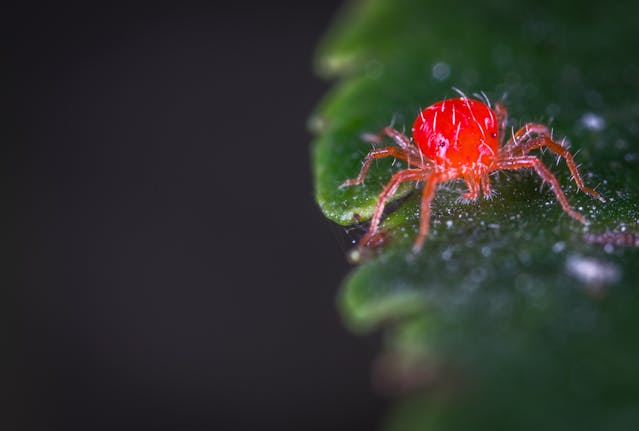
Spider mites are tiny pests, often no larger than a pinhead, that feed on watermelon plants by piercing the leaves and extracting sap. These mites tend to hide on the underside of leaves and can multiply quickly in warm, dry conditions. As they feed, spider mites leave behind a webbing on the plant that causes the leaves to become speckled, yellow, and dry out. Over time, the plant’s overall health declines, leading to weakened fruit and poor growth.
To control spider mites, start by regularly inspecting your plants, especially the undersides of the leaves. A strong spray of water can help dislodge them, especially if done early in the morning. You can also use insecticidal soap, neem oil, or a miticide specifically designed for spider mites to eliminate them. Introducing natural predators like predatory mites can also help keep their numbers under control.
Whiteflies
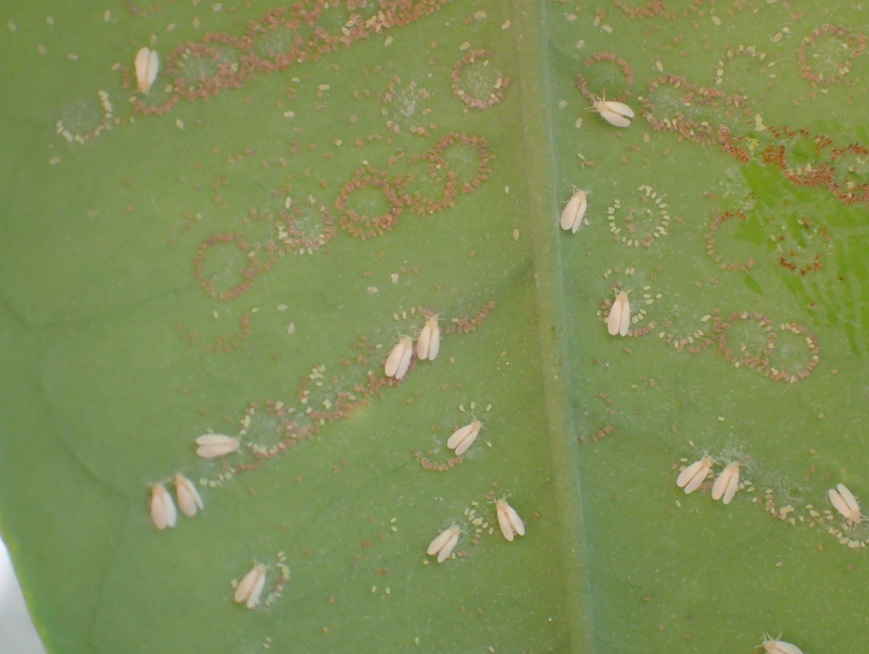
Whiteflies are small, winged insects that can cause significant damage to watermelon plants by feeding on the plant’s sap. When they feed, whiteflies weaken the plant, causing the leaves to curl, yellow, and fall off. Their feeding can also transmit plant viruses, further stressing the watermelon vines. In addition to direct damage, whiteflies produce honeydew, a sticky substance that promotes the growth of sooty mold, which can reduce photosynthesis and further harm the plant.
To manage whiteflies, it is important to use preventive measures, such as installing reflective mulch that can deter them. You can also introduce beneficial insects like ladybugs, lacewings, or parasitic wasps that feed on whiteflies. If an infestation becomes severe, insecticidal soap or neem oil can help control the population by suffocating the pests.
Cucumber Beetles

Cucumber beetles, including both striped and spotted varieties, are among the most damaging pests to watermelon plants. They feed on leaves, stems, and flowers, causing holes, wilting, and distorted growth. More concerning, cucumber beetles are carriers of bacterial wilt disease, which can cause rapid plant decline and eventually death. The bacteria they transmit infect the plant’s vascular system, preventing it from transporting water and nutrients properly, which results in wilting and yellowing of leaves.
Controlling cucumber beetles begins with preventive measures such as using row covers during early growth stages. Hand-picking beetles off plants can help reduce their numbers. Additionally, insecticides that target cucumber beetles can be used, but organic options such as neem oil or diatomaceous earth may be more suitable for those looking to avoid chemical treatments.
Red Pumpkin Beetles
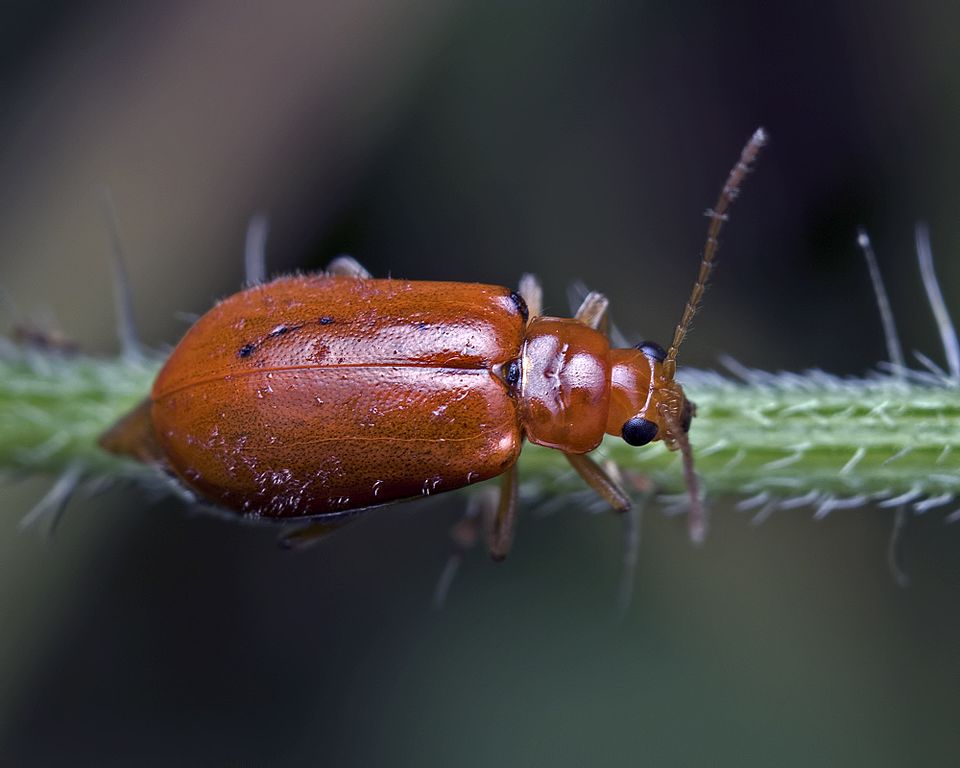
Red pumpkin beetles are a common pest that targets watermelon plants by feeding on leaves, flowers, and even the developing fruit. Their feeding habits lead to holes in the leaves, which reduces the plant’s ability to photosynthesize and grow properly. In extreme cases, these beetles can cause significant defoliation, leaving the plant stressed and vulnerable to other diseases. The larvae of red pumpkin beetles can also feed on the roots, further damaging the plant.
To control red pumpkin beetles, try using insecticidal soap or neem oil. Hand-picking the beetles during the early morning or evening hours, when they are less active, can help reduce their population. Applying mulch around the base of the plants can also discourage beetles from laying eggs near the roots.
Caterpillars

Caterpillars, particularly those of moths like the cabbage looper, are common pests that target watermelon plants. They feed on leaves, which not only causes direct damage but can also introduce bacterial infections. In addition to chewing holes in the leaves, caterpillars can cause the fruit to become scarred or damaged by their feeding. Some caterpillars even bore into the fruit itself, leading to rot.
To manage caterpillar infestations, regularly inspect the plants for signs of caterpillar eggs and larvae. Removing and destroying any eggs or larvae by hand is a simple yet effective method. Using biological control agents like Bacillus thuringiensis (Bt), an organic pesticide, can also help control caterpillar populations without harming beneficial insects.
Thrips
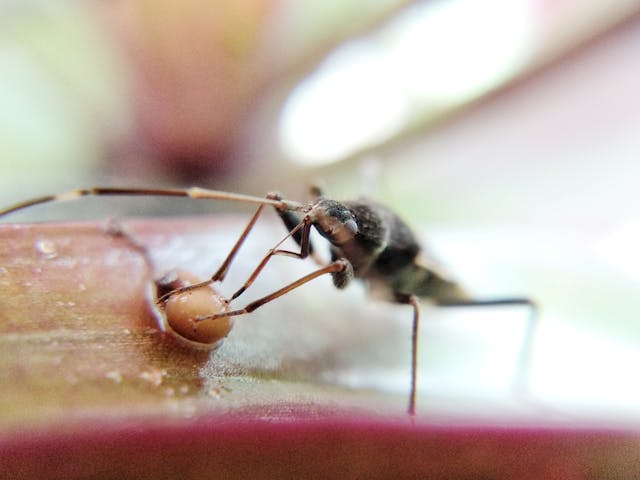
Thrips are tiny, slender insects that can severely damage watermelon plants by feeding on the leaves and fruit. Their feeding damages plant cells, causing white or silver streaks to appear on the leaves. In addition to their direct feeding damage, thrips can also transmit plant viruses that cause further complications. As the plants struggle with thrips, they often show signs of stunted growth, reduced yields, and damaged fruit.
Thrips can be controlled by applying insecticidal soap or neem oil, which suffocates the pests. Yellow sticky traps can also help monitor and trap adult thrips. Encouraging natural predators, like predatory mites and certain types of birds, can also help keep thrips under control.
Rodents

Rodents, including rats and squirrels, can be a significant threat to watermelon crops. They are attracted to the sweetness of ripe melons and may gnaw on the fruit, causing physical damage. This not only renders the fruit unsellable but can also introduce infections or mold. In severe cases, rodents may damage the vines or roots as well, undermining the plant’s overall health.
To prevent rodent damage, make sure to harvest melons promptly as they ripen. Use rodent-proof fencing around your garden, especially in areas known to be infested with rodents. Trapping and baiting are effective methods for reducing rodent numbers, while natural predators, such as owls or certain breeds of dogs, can help keep them at bay.
Aphids
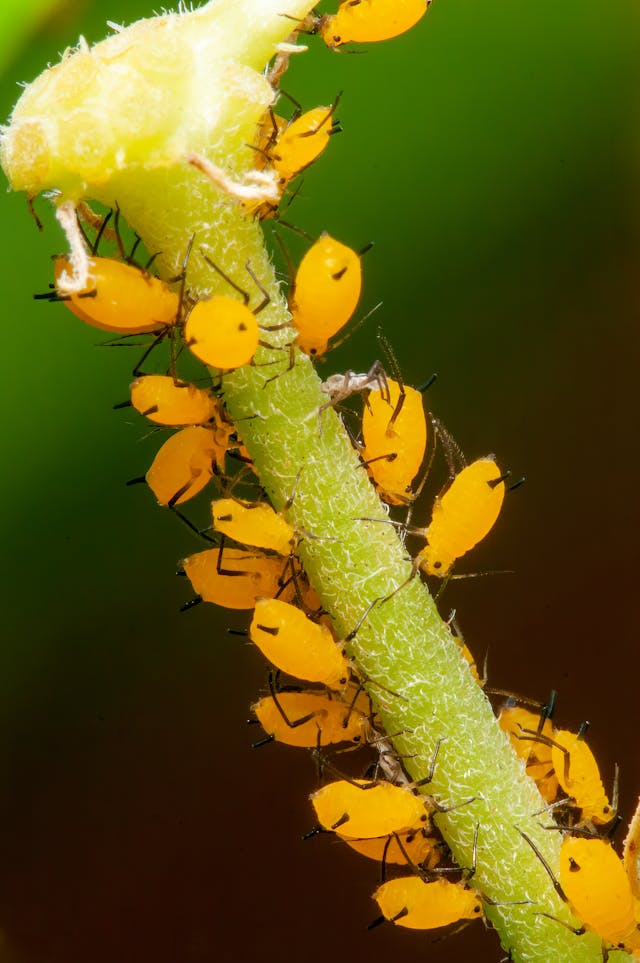
Aphids are small, soft-bodied insects that feed on the sap of watermelon plants, often congregating in large groups on the undersides of leaves. Their feeding weakens the plant, causing yellowing of leaves and stunted growth. Aphids also excrete honeydew, which can lead to the growth of sooty mold and further hinder the plant’s ability to photosynthesize.
To control aphids, introduce natural predators like ladybugs and lacewings, which feed on aphids. If necessary, apply insecticidal soap or neem oil to kill aphids without harming the plant. Regularly inspecting plants and removing heavily infested leaves can help reduce the spread of aphids in the garden.
Squash Bugs
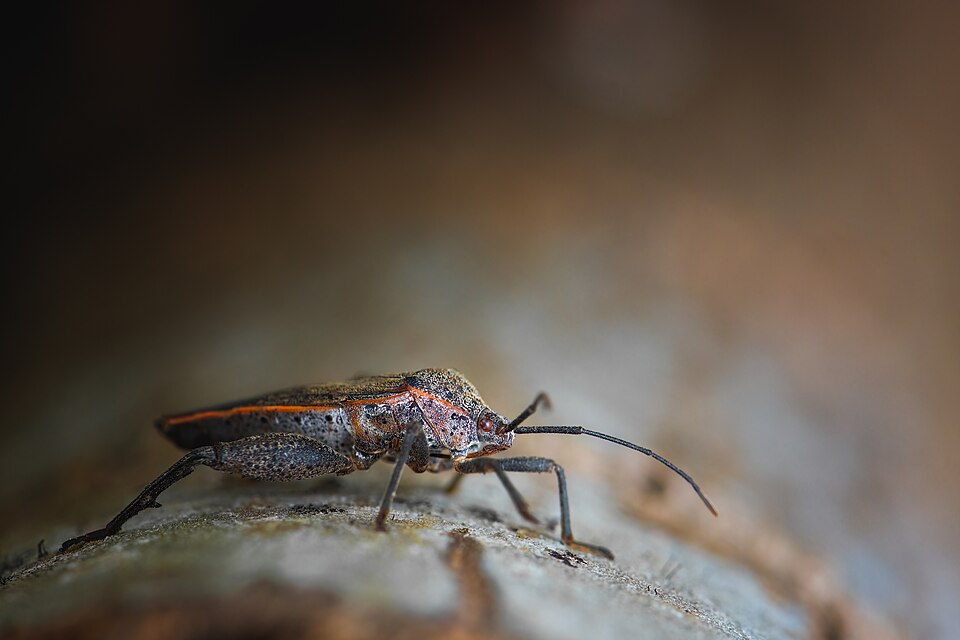
Squash bugs are another common pest that targets watermelon plants. These bugs suck sap from the leaves and stems, which causes wilting, yellowing, and necrosis. If left unchecked, squash bugs can also transmit a fungal disease that leads to further plant decline. The bugs typically hide on the undersides of leaves, making them difficult to detect early.
To control squash bugs, regularly inspect plants for eggs and nymphs. Hand-picking the bugs off the plant and destroying them can help keep their numbers under control. Using insecticidal soap or neem oil is also effective in managing squash bug populations.
Root Knot Nematodes

Root knot nematodes are microscopic roundworms that attack the root system of watermelon plants, causing galls or “knots” to form on the roots. These knots interfere with the plant’s ability to take up water and nutrients, leading to stunted growth, yellowing leaves, and poor fruit development. Nematode infestations can severely reduce the plant’s overall vigor and yield.
To control root knot nematodes, crop rotation is one of the most effective strategies. Avoid planting watermelon or other susceptible crops in the same soil year after year. Soil solarization, which involves covering the soil with clear plastic to heat it up, can also help kill nematodes in the soil.
Flea Beetles
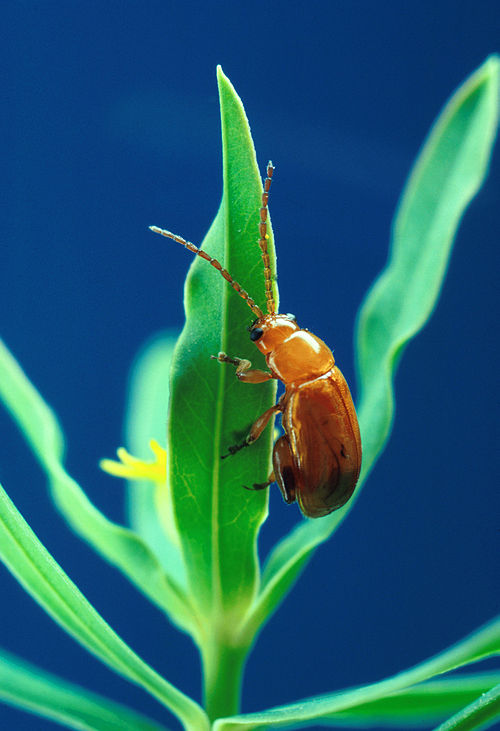
Flea beetles are small, jumping insects that feed on the leaves of watermelon plants, leaving behind small holes or pits. While they are not as destructive as some other pests, their feeding can weaken the plant, making it more susceptible to disease. Flea beetles can also cause direct damage to the fruit, especially in the early stages of growth.
To control flea beetles, use row covers to protect young plants from infestation. You can also apply neem oil or insecticidal soap to target the beetles. Encouraging natural predators, such as birds and beneficial insects, can also help reduce flea beetle populations.
This article originally appeared on Avocadu.
